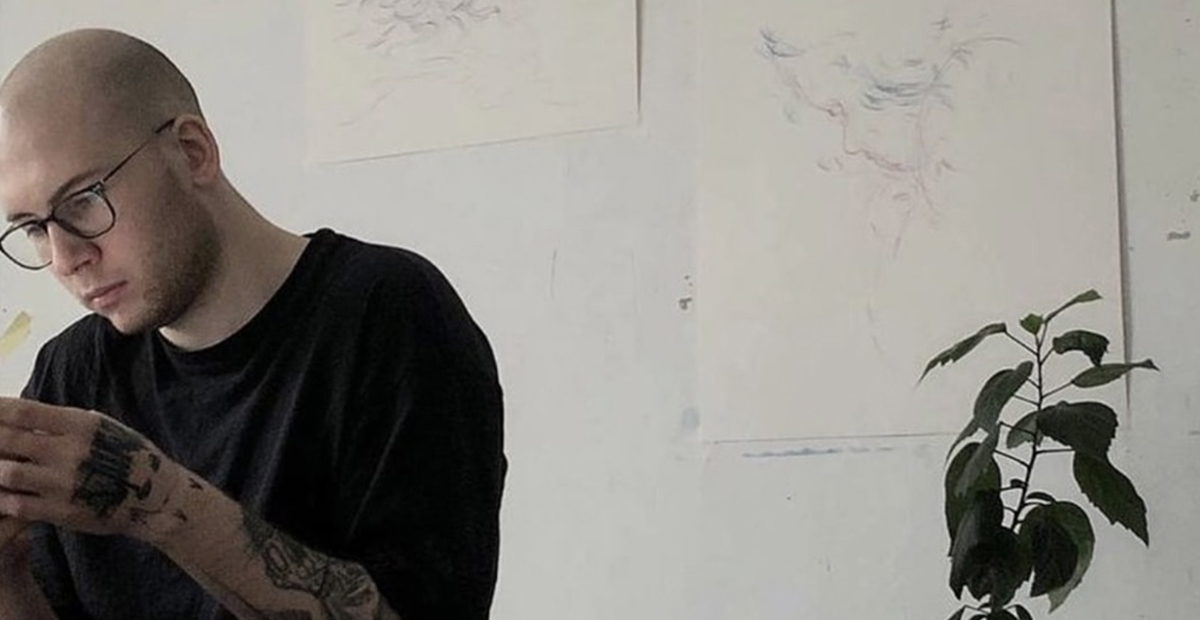
Text
E k a t e r i n a S i d o r e n k o v a
In 2020, when the whole world was isolated, many of us found ourselves in a situation when we were locked up face to face with other people in small spaces and it was mentally challenging. In this period artists started to explore new points of view, because many things were seen from a different angle and, as we know, restrictions are always the opportunity for something new. During the lockdown all social life, including art practices, changed. Many of us had problems with socialization, or rather without socialization and without usual communications.
Before the quarantine, for about five years Timur Antonov had been drawing the characters of his family and friends. Using line as the main expressive medium, he accented on forms and prominent features to make portraits more individual.
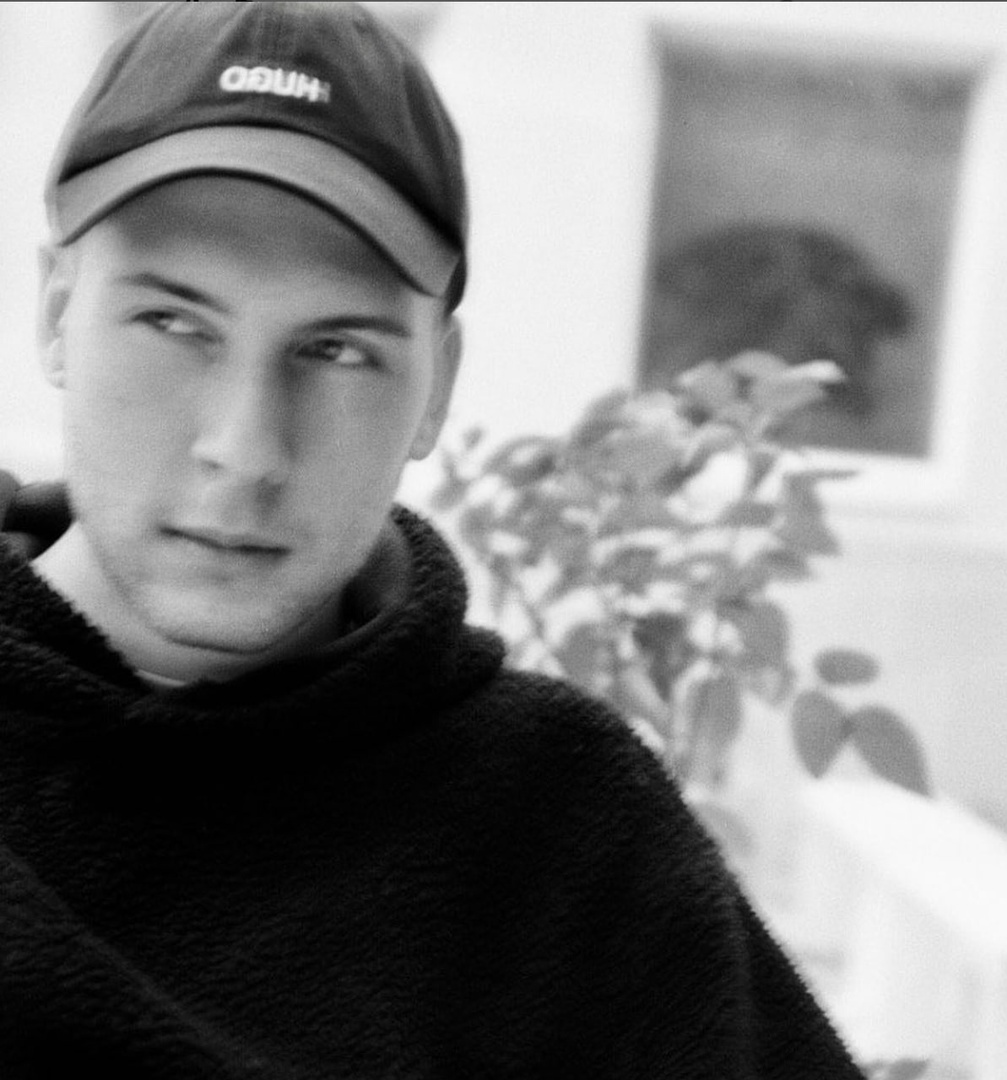
![]() Timur Antonov, Photo by @reinkarnatskaya
Timur Antonov, Photo by @reinkarnatskaya
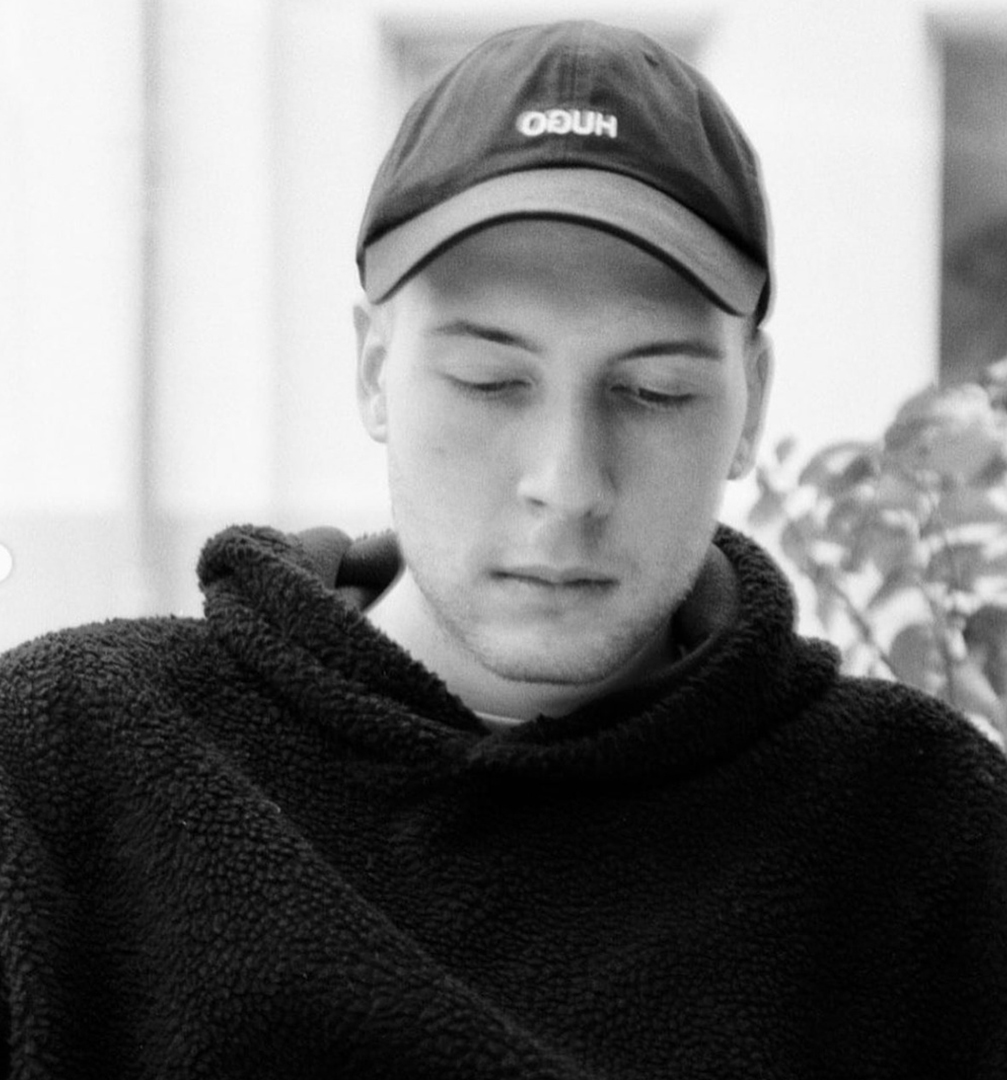
![]() Timur Antonov, Photo by @reinkarnatskaya
Timur Antonov, Photo by @reinkarnatskaya
The main theme in his artworks has been human identity. As an artist he tries to find a unique personality in his models and catch something that vanished in real life because we don’t look close enough.
But it’s indeed a difficult task, because in modern society we have an overdose of information including visual messages — advertising, social media, and the Internet. That all made our perception more insensitive, like selective flashes. We see images, sights, but we don’t understand the point, and miss the essence. We have connotations without denotation, because we can’t comprehend information and messages from the artist and can’t get the gist.
In March of 2020 Timur Antonov made his project dedicated to illusions in people’s characters and vanishing essences. He lived with his friends and with other guys in an apartment. For a long time he couldn’t go out because of lockdown rules. He was exhausted without his own space, without an opportunity to get out, to go for a walk. Living with other people for a while, observing their behavior and habits, Timur clearly understood how different they can be in various situations and how hard to catch their inner motives and feelings, their natural individuality.
Some traits of these people became annoying for Timur, some — attractive. But that all was something faintly discernible, when he tried to catch these traits, they always disappeared at the same moment like a silhouette in the smoke.
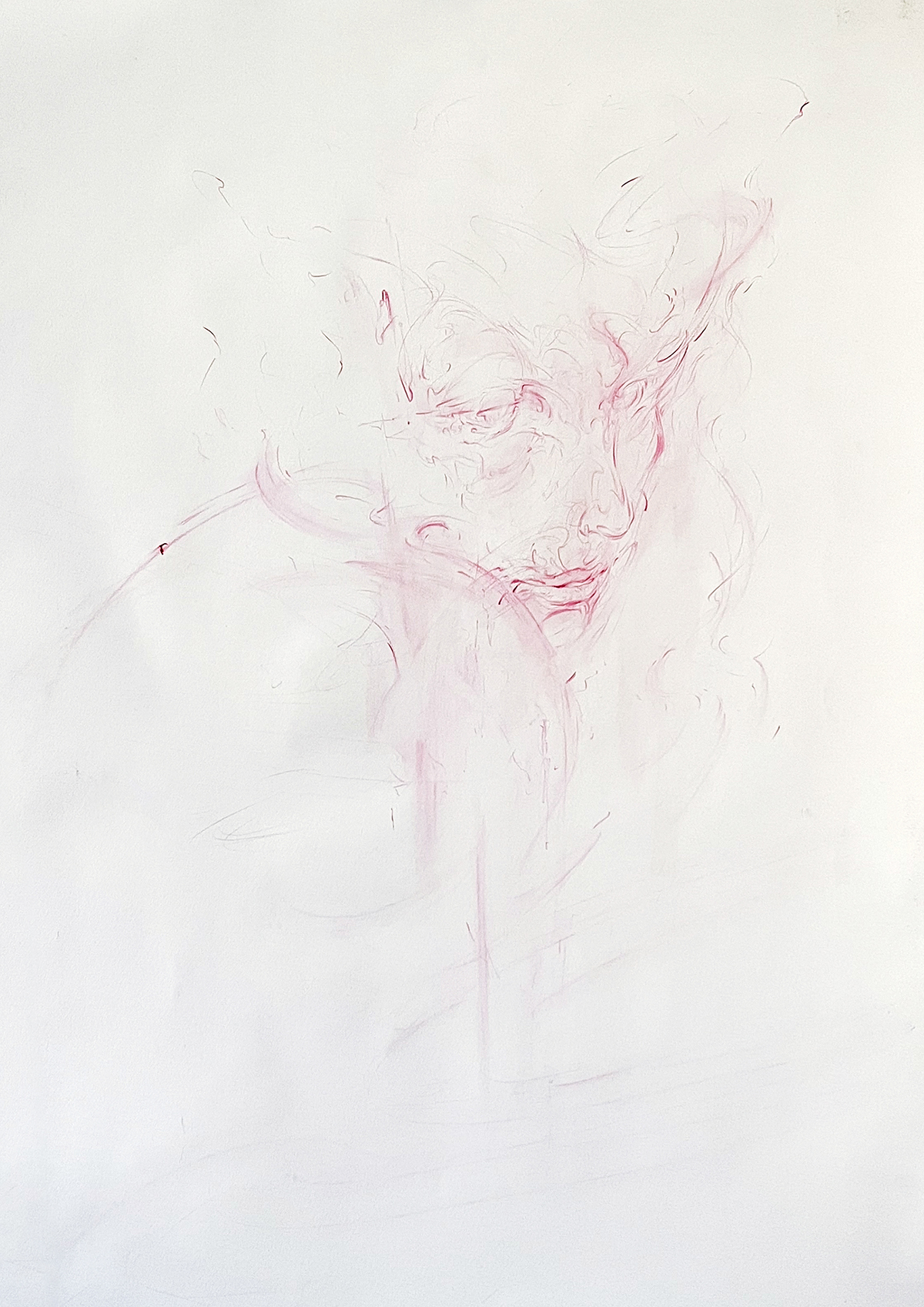
![]() NeonMaid
NeonMaid
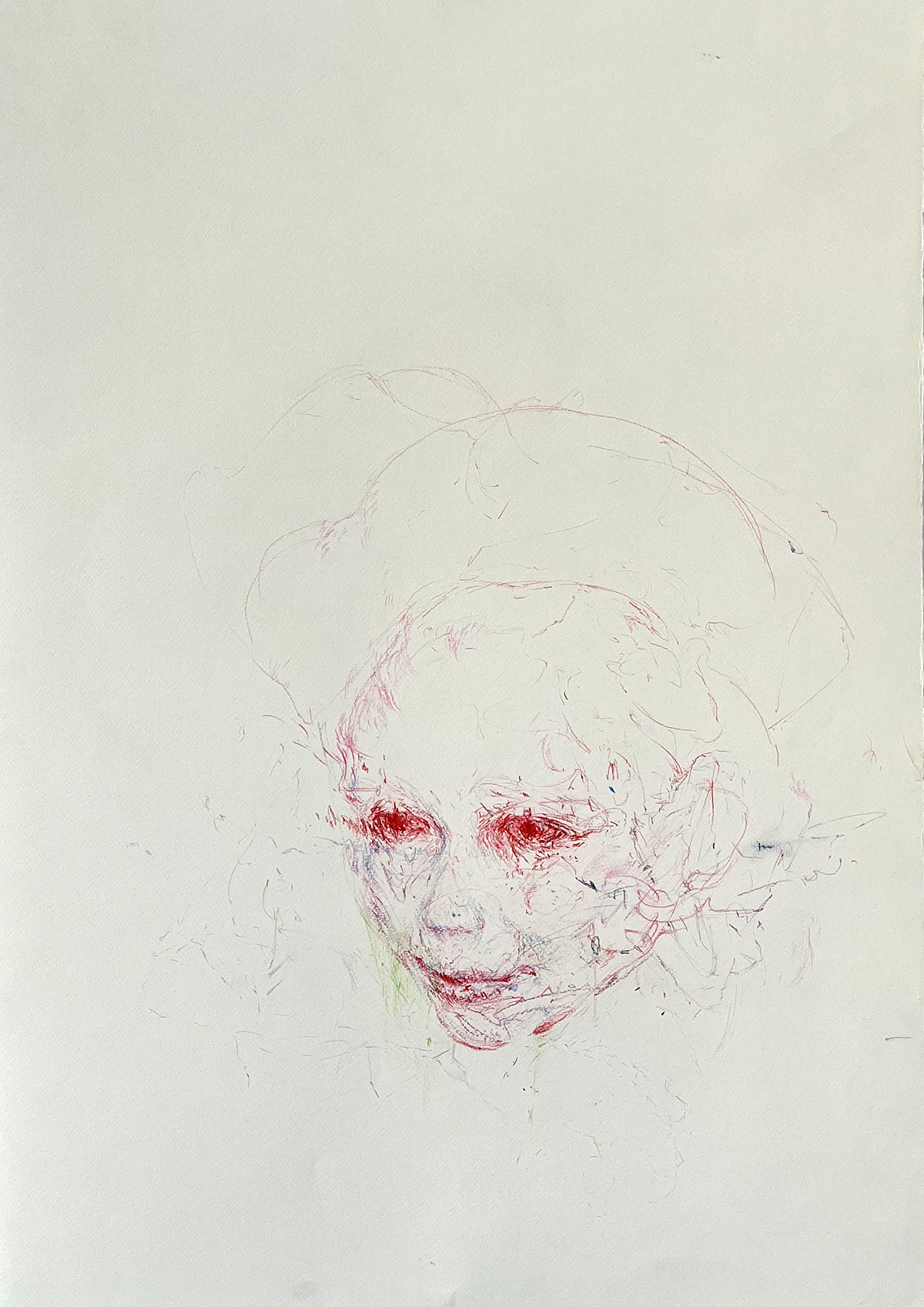
![]() Resentment
Resentment
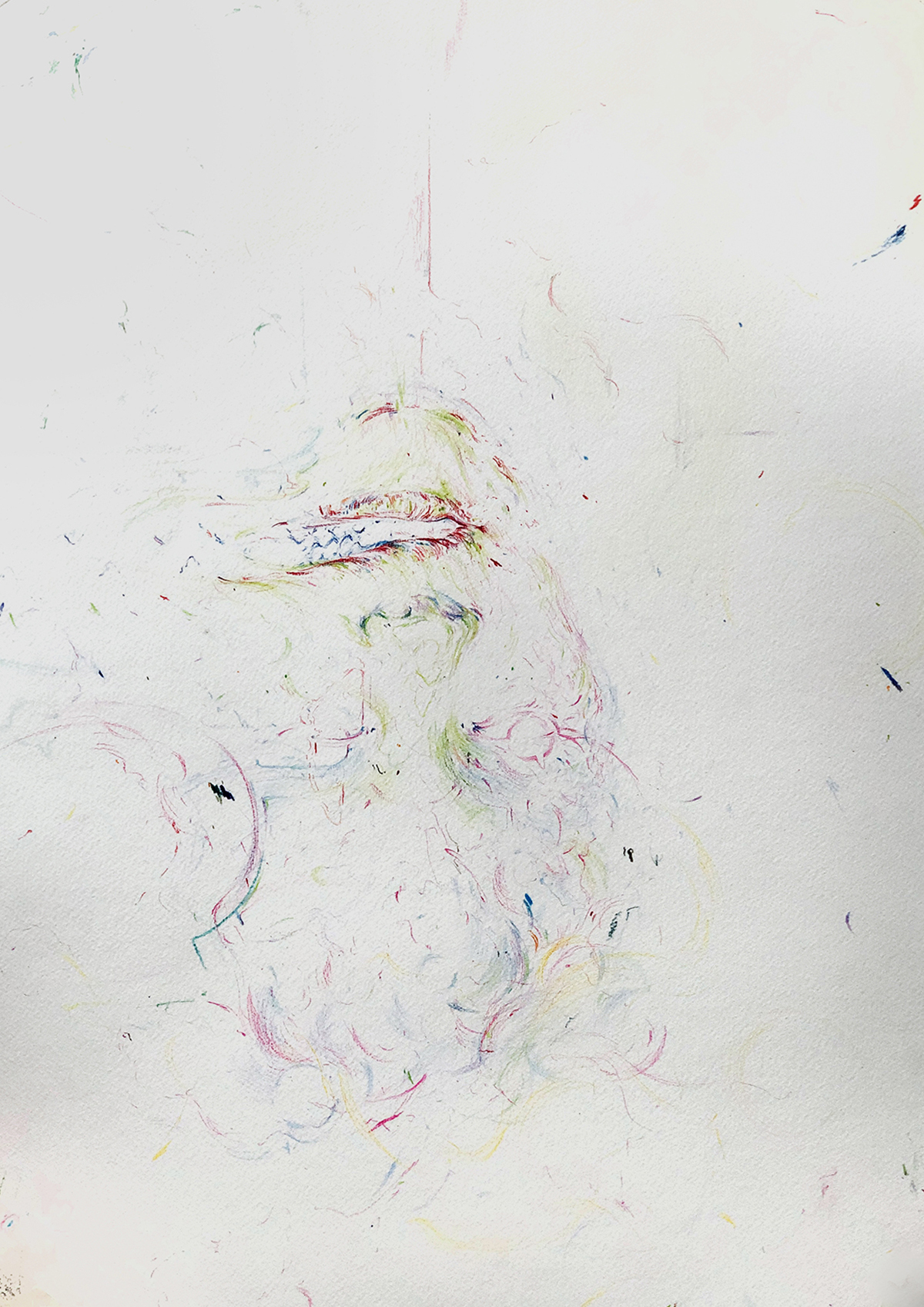
![]() Yana
Yana
Working with icons, characters, Timur uses water pencils for vanishing effect. Despite the classical mediums and techniques, all of the images by Timur Antonov are airy, full of light and foggy haze. People at portraits look like a momentary mirage. When you look at the portrait, you have to focus very strongly, because you feel that the shapes will melt in the next few seconds. As the artist says, all icons in his works are not finished and they will never be finished. They are like real humans, flexible and volatile, and never stay in rest.
Experimenting with form and shape, the artist transmits the mood of his models through his technique and makes lines individual, characteral for each person. If we look at a portrait called Resentment, we can see a young girl in bloody-red shades and with red-lighted eyes. In her face we clearly see tension and anxiety. Pencil lines are sharp and intermittent, they transfer inner voltage to viewers.
On the contrary, portraits from the Childhood series are softer, painted with care and tenderness. The author uses restful and deep shades for these portraits. The portraits are also unsteady and exciting, but they are like an airy haze, pleased and virginal, without anxiety and worrying.
In general, all his works explore the fluctuation of the self-identity of the persons, their inner personality and traits that can’t be noticed from first sight. It’s a deep philosophical research of human nature and volatility in a new flashing reality with constantly vanishing essences.

![]() The Face of Desolation
The Face of Desolation
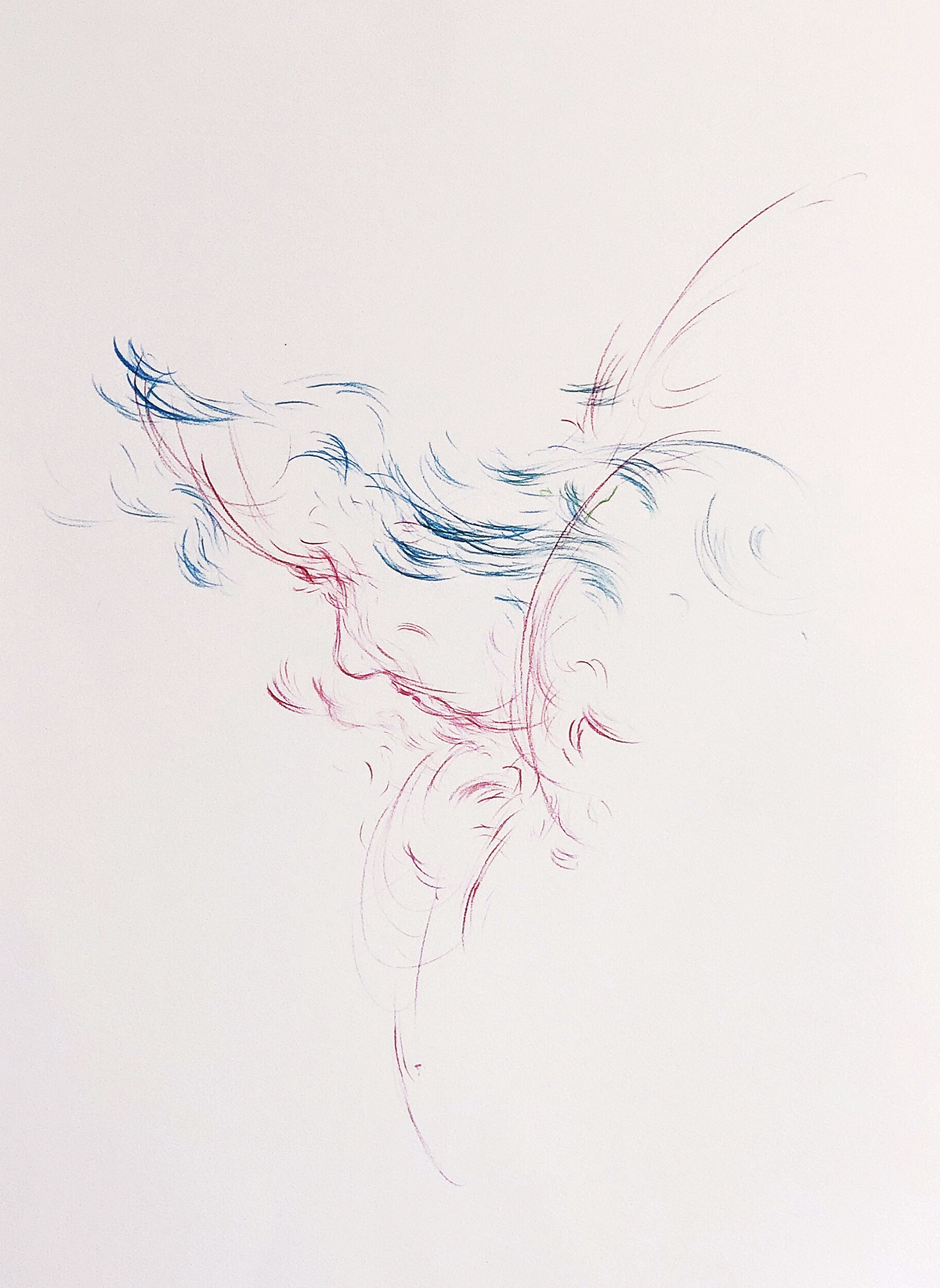
![]() Childhood
Childhood

![]() New Romantic
New Romantic
Following the trends of the time, Timur Antonov turned to the theme of transience and through the images, lines and color forced people to hold attention and feel the evanescence of identity in the portraits.

